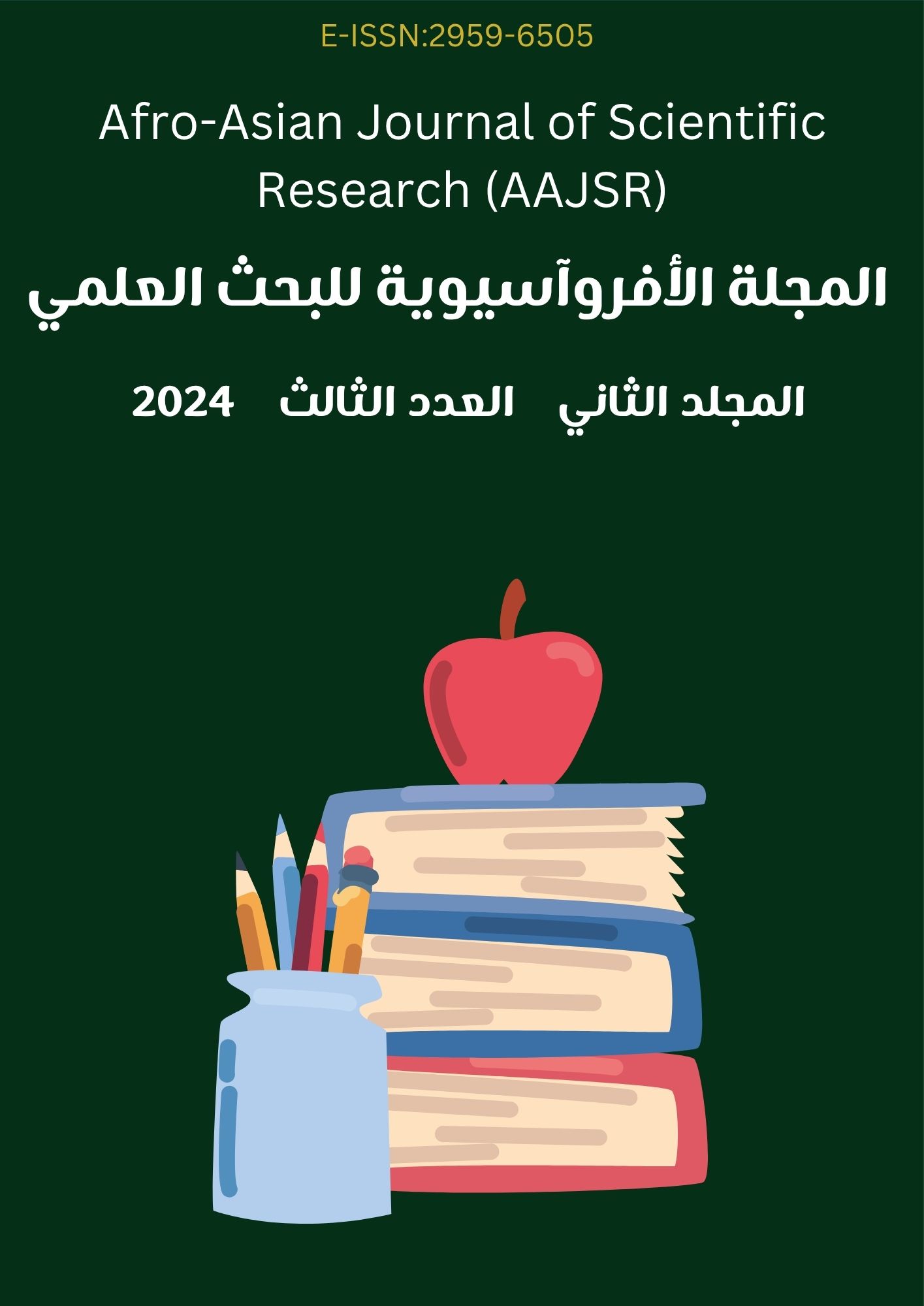Detection of Antibiotic Resistance Genes in Urban Wastewater and Assessment of Ecological Risks
Keywords:
antibiotic resistance genes, wastewater, metagenomics, qPCR, ecological risk, surveillanceAbstract
Urban wastewater carries microbes from human and animal sources, many of which harbor antibiotic resistance genes (ARGs). These genes can travel through sewer networks and treatment plants, reaching rivers, soil, and even returning to people. We review global approaches to detect ARGs in sewage and assess ecological risks from measured gene loads. We focus on three key methods: high-throughput qPCR panels, shotgun metagenomic sequencing, and culture with phenotypic screening. We compare their advantages, limits, and common practices. We compile evidence from large public datasets and case studies. Global sewage surveys (e.g. 79 cities, 60 countries) have revealed clear patterns of ARG abundance and diversity, linked to regional socioeconomic factors. We also examine how ARGs associate with mobile genetic elements (integrons, transposons, plasmids) within treatment plants and the wider environment. We then link measured ARG loads to risk thresholds. We discuss published Predicted No Effect Concentrations (PNECs) for antibiotic selection (e.g. 8 ng/L–64 µg/L) and a 0.05 µg/L default PNEC for screening. We outline major exposure routes (effluent, biosolids, overflows, aerosols) and propose a tiered monitoring strategy. This strategy blends rapid qPCR panels with targeted metagenomics and risk screening against PNECs. We include figures (maps, networks, heatmaps) and tables summarizing methods and thresholds. Key gaps remain, such as better tracking of mobile elements and fate modeling. Our review supports wastewater-based AMR surveillance as a practical tool and provides guidance for risk assessment and management.





